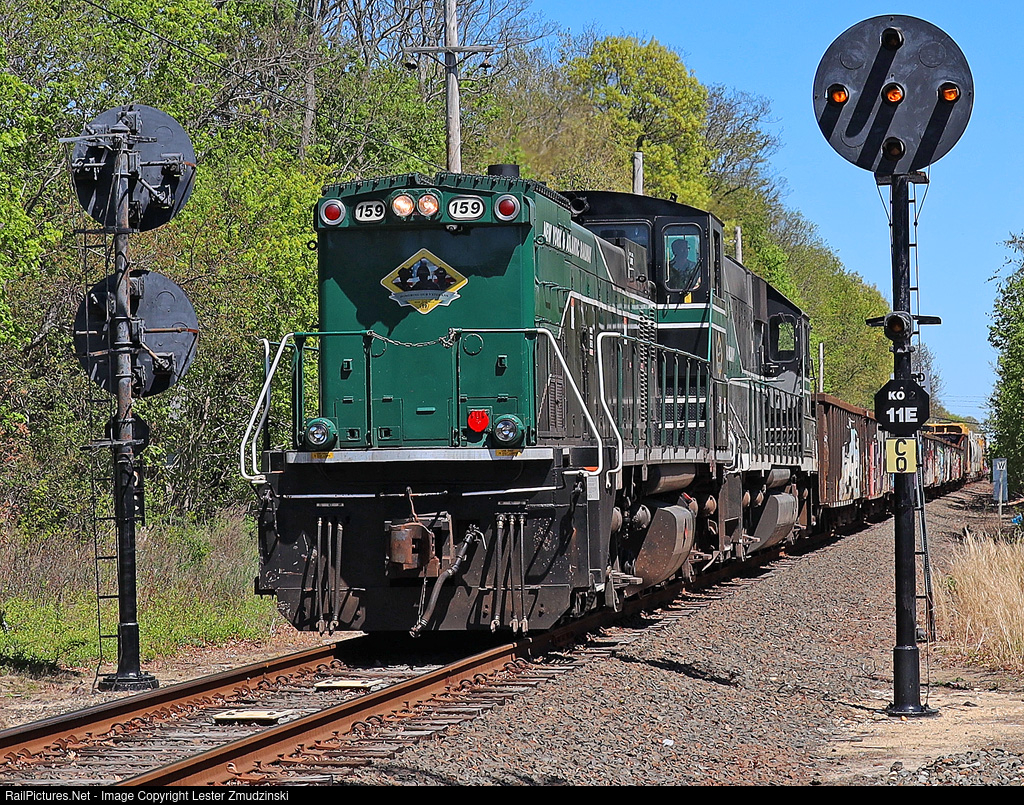The reason I tend to miss a lot of closures and demolitions is because I don't tend to seek out news that will leave me bummed and depressed. In another example of bad news I missed the B&O's "M" aka MEXICO tower, near Cumberland, MD, was apparently demolished in September of 2023. The three story 1950's brick tower was similar to many across the B&O and, with its CPL bracket masts, had served as a backdrop to the local railfanning scene for decades.
CSX has been engaged in a long term project to convert the former hump classification yard to flat switching and a large obstacle to this was the physical hump and related structures. MEXICO, built at the same time as the classification infrastructure, was located some 2 miles away at the eastern end of the yard leads and was in good structural condition. Although its possible that CSX plans to alter the track configuration at MEXICO interlocking at some future date, I suspect that since they had already contracted for the asbestos remediation guys to come out for the yard hump tower, also getting rid of MEXICO could have come with little additional cost.
 |
| Former Cumberland Yard hump infrastructure |
Closed as an interlocking station in the mid-1990s, the relay based GRS plant was not re-signaled until the mid-2010's. Unless similar B&O towers at GREENE JCT (boarded up) and PATERSON CREEK (derelict), MEXICO saw use as an active railroad structure, either for maintenance crews or a rest facility for departing road freights. The implementation of new service plans that generally sidelined the old system of classification yards may have played a role as Cumberland would see less originating eastbound trains and therefore less need for a standing structure to support the crews.
I personally only get to visit the location once on the ground, getting my photos from the road bridge like everyone else, although I had many opportunities for photos from the Capitol Limited with the last occurring in 2019. Of those B&O towers that still survive, PATTERSON CREEK, only about 4 miles away from MEXICO as the crow flies, would be the most similar example.
















